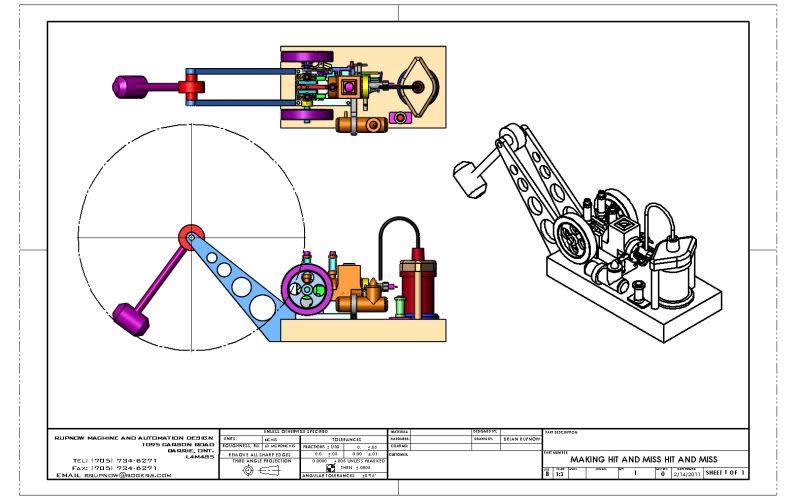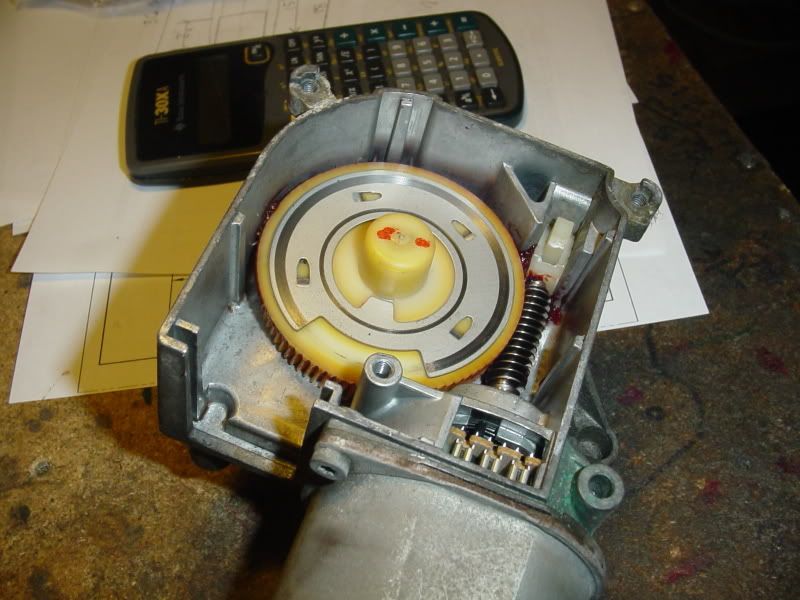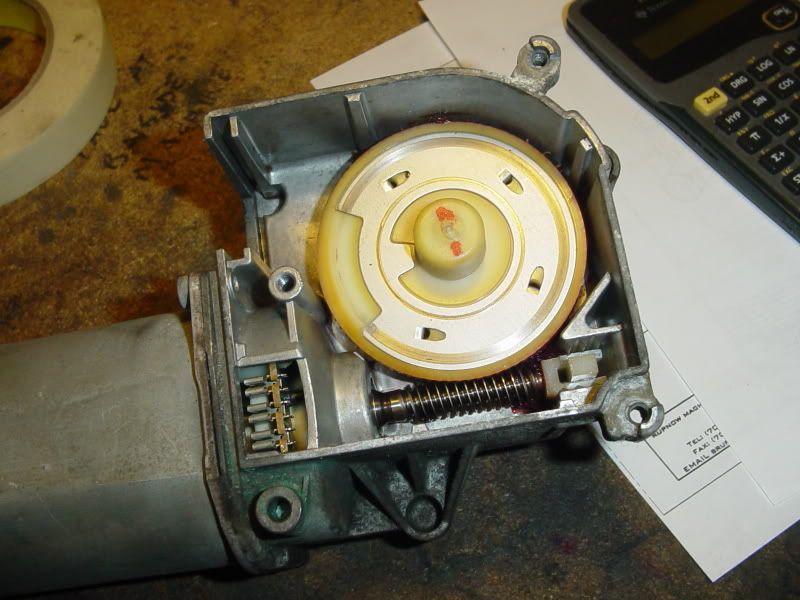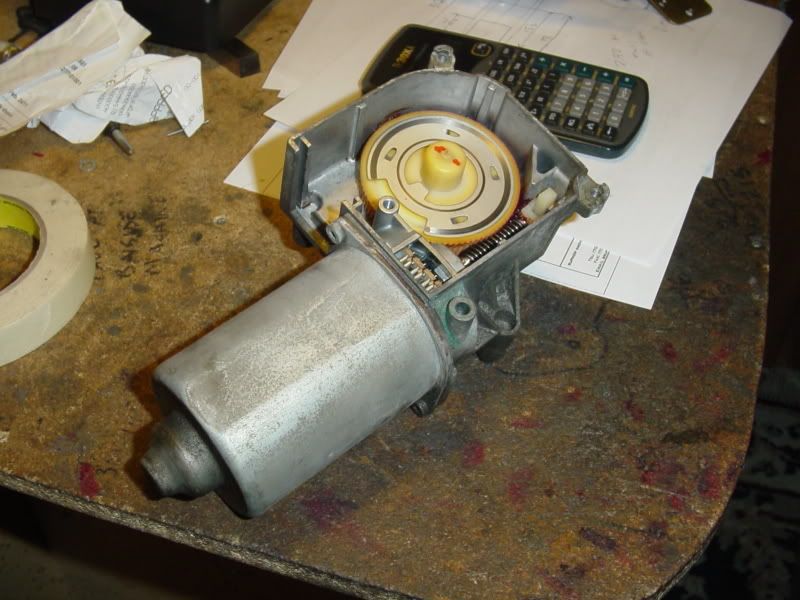Yeah, I know---Screwy sounding thread name. Just thinking out loud here folks. A model hit and miss engine is SO much more effective, if you can show the uninitiated how the engine "hits and misses" when it is in a "no load" situation, but how it buckles right down and hits every time when a load is imposed on the engine. Yeah, I know you can do it with your thumb on the flywheel, but I think thats a bit hokey. I'm thinking off a good weight, something like a chunk of cold rolled about 1 1/2" dia. x 2 1/2" long, attached to an arm, attached to a rotating hub. You would have to put a pretty good gear reduction in there, because we would want the weight to rotate slowly. The gear reducer would be driven off an o-ring drive belt from a small pulley on the engine crankshaft. When it was being lifted through its arc from the bottom to the top, the engine would come under load and should fire every time. Then when it swings "over the top" and starts down the other side of its arc, gravity would take over and all load would be removed from the engine, so it should go into its "hit and miss" cycle untill the weight reaches the bottom of the arc and starts back up again. It wouldn't have to be mounted on an arm as I have shown----Could be a disc. Just thinkin'-------









